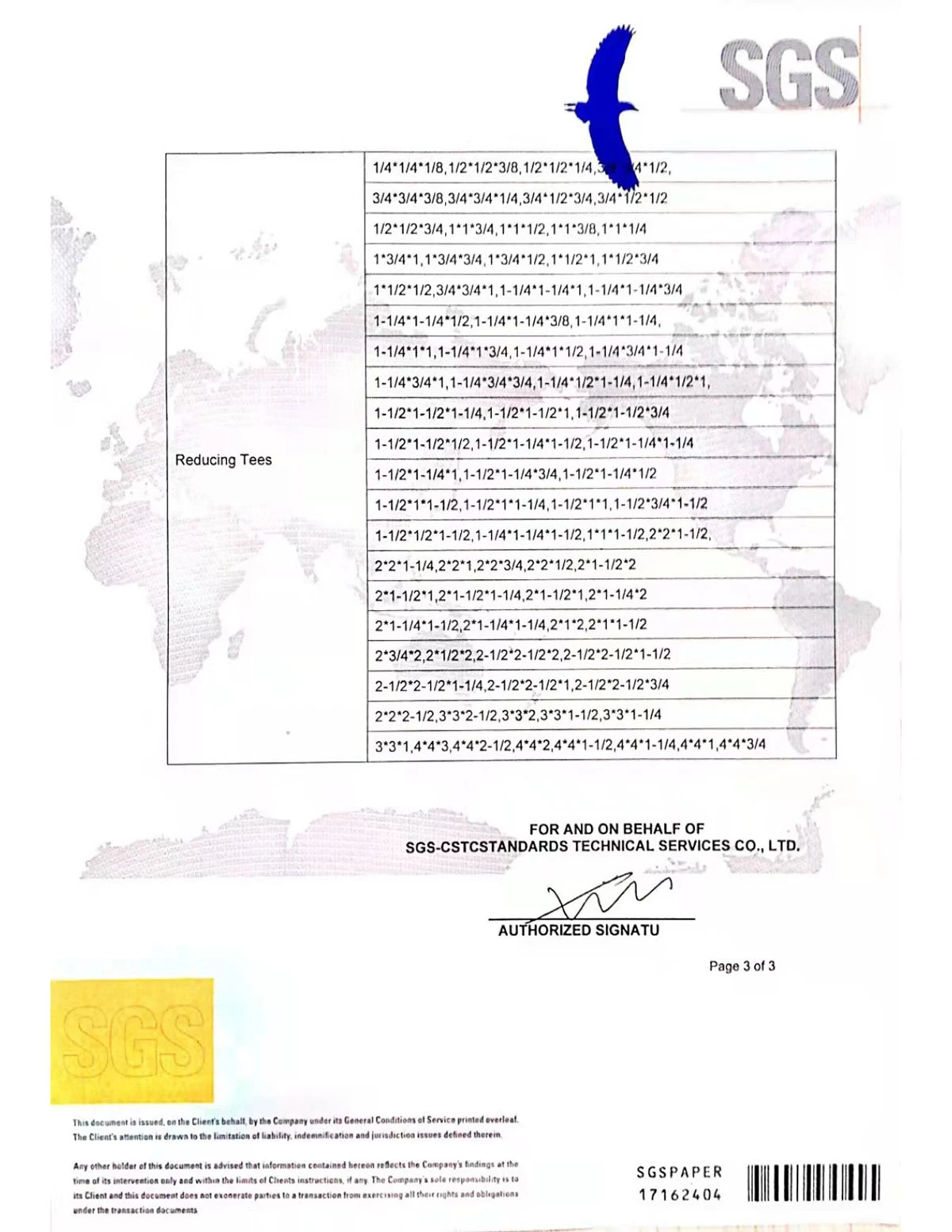Dated on ژانویه-14-2025


The selection of pipe fittings must be approached with expertise and careful consideration, as improper fittings can lead to inefficiencies and potential leaks or pipeline failures. Material choice is crucial; common materials include PVC, copper, steel, and brass, each offering varying degrees of durability, flexibility, and resistance to pressure and temperature. For example, PVC is cost-effective and resistant to corrosion, making it suitable for cold water applications. Copper, known for its antibacterial properties, is widely used in water supply systems. When integrating pipe fittings into a plumbing system, the installation must be done with precision and accuracy to avoid leaks. This includes ensuring tight connections, utilizing thread seals, and implementing pressure tests post-installation to identify and fix any weaknesses immediately. Professional expertise in selecting and installing pipe fittings can greatly enhance system longevity and efficiency, reducing the need for costly repairs and minimizing the risk of system downtime. Moreover, using quality-certified products from reputable manufacturers adds a layer of trustworthiness, ensuring the system adheres to industry standards and regulations. In conclusion, the knowledge and understanding of pipe fittings are imperative for any plumbing project to be deemed successful. The careful selection, installation, and maintenance of these components guarantee the reliability and safety of the entire piping system. Building a relationship with certified suppliers and consulting with experienced professionals not only optimizes the performance of your system but also instills confidence in its long-term operational integrity.
Post time: ژانویه-14-2025
Prev:
Next:
Related PRODUCTS









